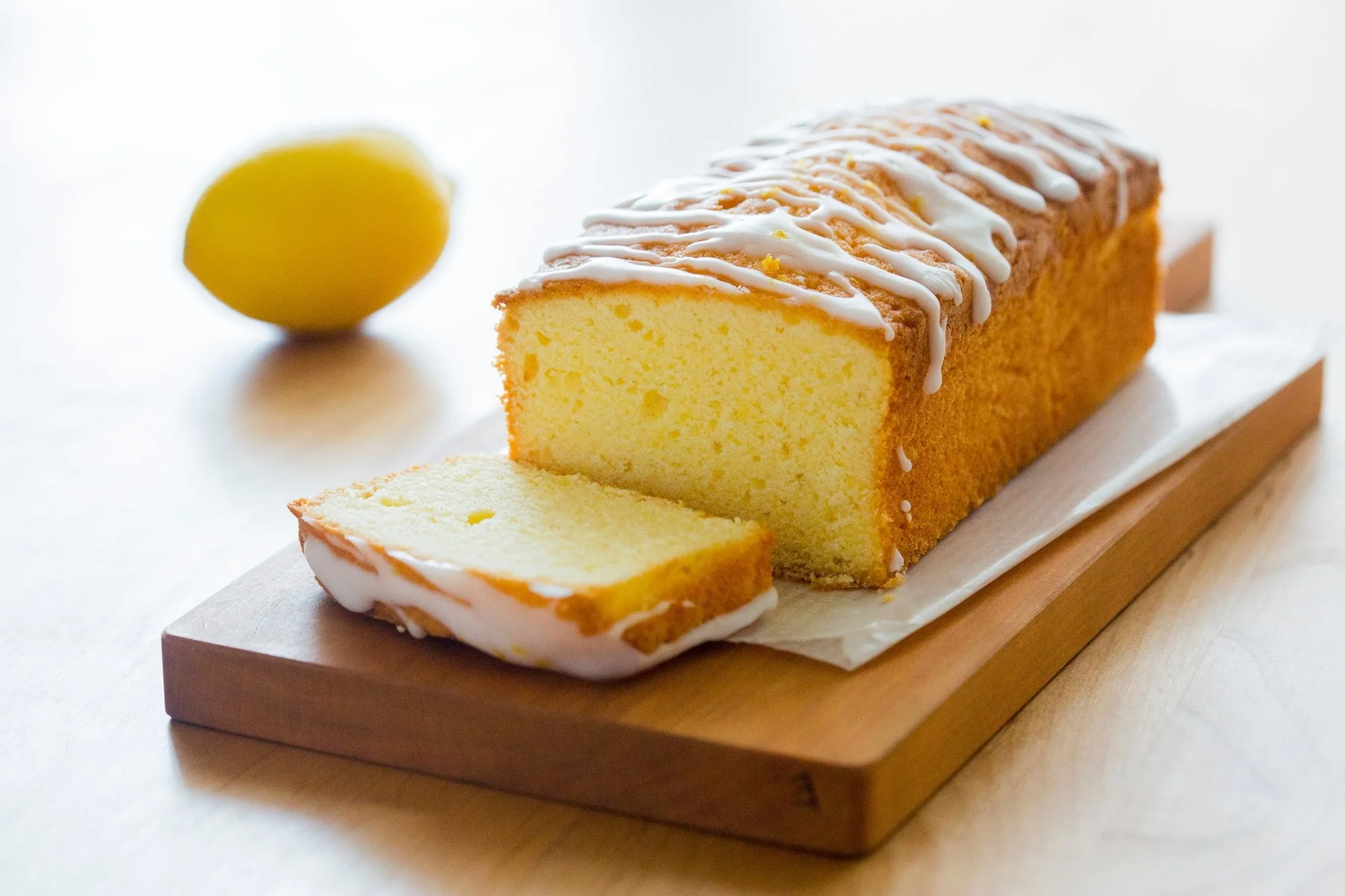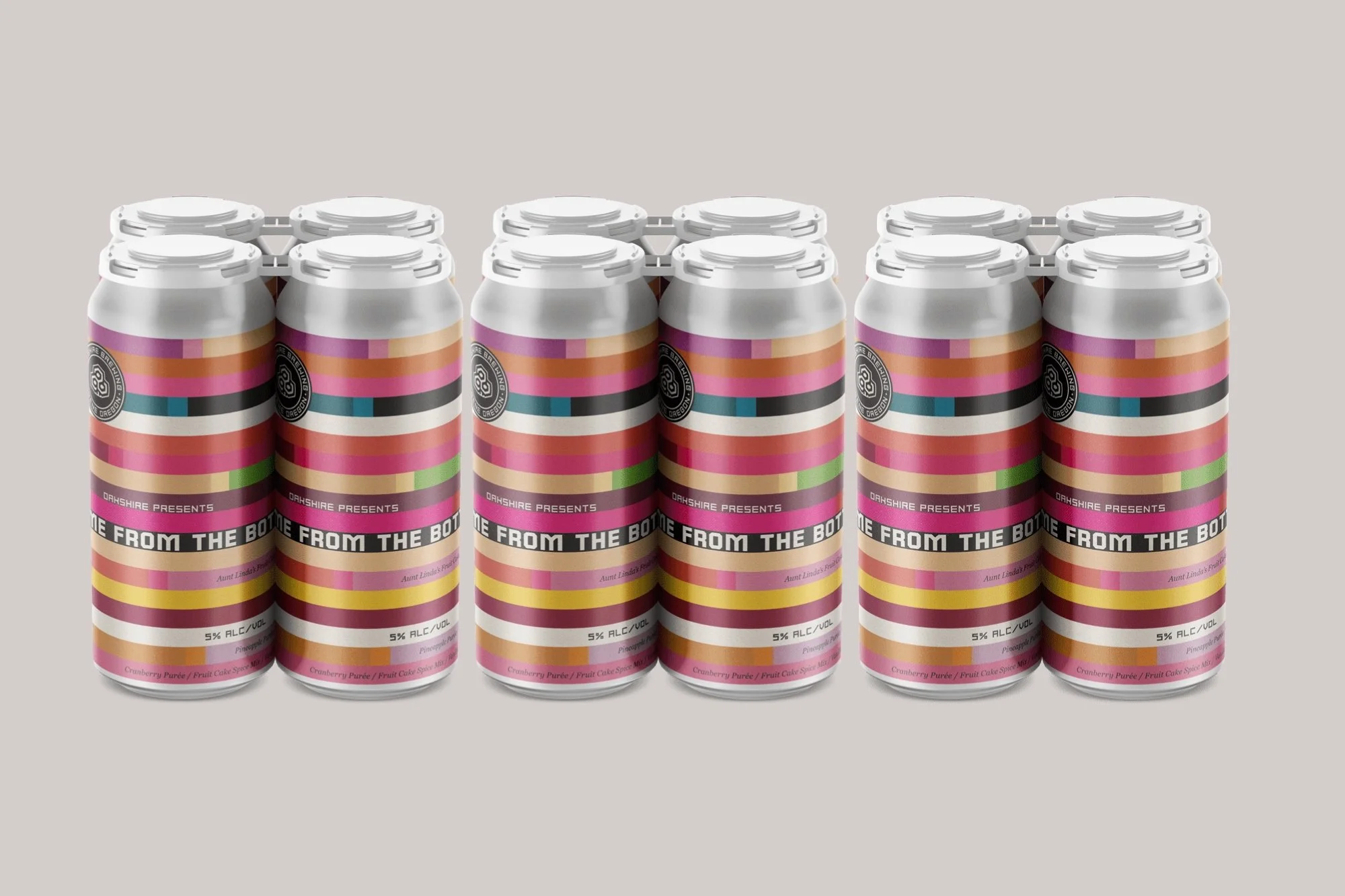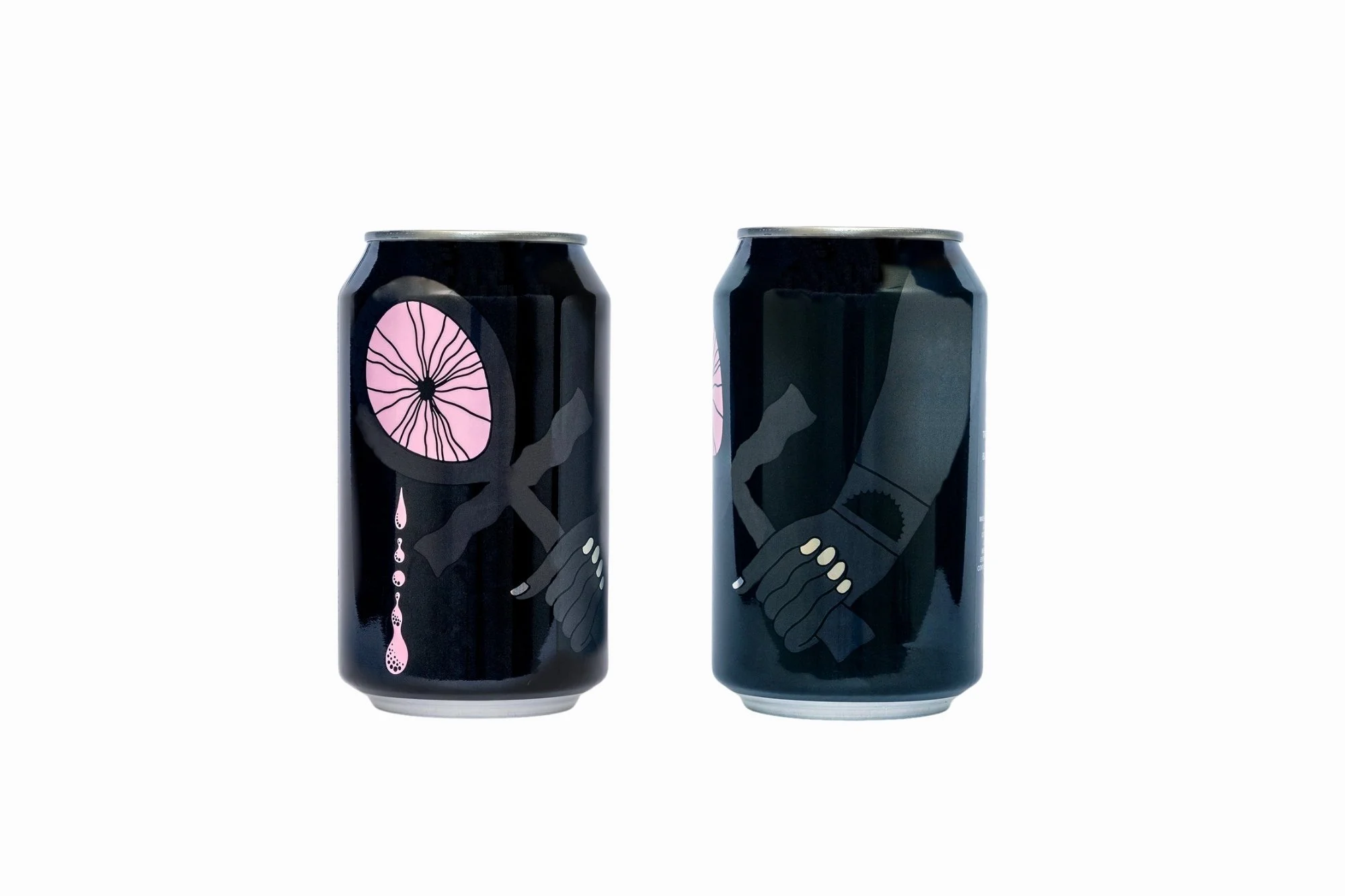Beer Style Guide: Get to Know Smoothie Sour
Smoothie sours (also known as pastry sours) are a very recent invention in the beer world and a very polarizing style. Many beer purists see these beers as “not beer” or ruining the integrity of beer. But they are very popular with drinkers and cannot be ignored. Writing about beer requires you to look at beer equally, whether you like new styles or not. All beer is beer. While I personally do not drink these beers as they are usually bracingly sweet, I do enjoy that they get new beer drinkers or people who thought they didn’t like beer into breweries where they have the ability to try other beers.
Around the mid 2010’s, beers called “berliner weisse” were being brewed with a kettle sour berliner weisse base and then adding fruit puree into the secondary fermenter, not fermenting them out so there would be bigger mouthfeel and more fruit flavor. Breweries like Indiana based 450 North brew these beer styles with a variety of fruit purees known as their “slushy” series. While the history of smoothie sours is murky (no pun intended), many other breweries started to brew this style of beer around that time period, which evolved into what is now known as a smoothie sour.
Smoothie sours have evolved into something much more than a berliner weisse with fruit added. Eugene, OR based brewery Oakshire has leaned in heavy to these styles of beer and Head Brewer Dan Russo has a great article in New School Beer Blog that teaches people exactly how they brew their beer.
How it's Brewed
Smoothie sours can be brewed with any base malt but Russo uses their hazy IPA of pale malt, wheat and oats, which makes sense given those beers have bigger mouthfeel. The beer is brewed with a LOT of sugars and made high gravity since the fruit puree will dilute the alcohol. The beer is soured for a day at 125-130F and then boiled to kill off the bacteria. No hops or very little hops are used. American ale yeast is used for fermentation. Russo may add marshmallow and vanilla after primary fermentation is completed and allows the beer to sit on these ingredients for about 5-7 days. Right before packaging, the fruit is added. These beers either need to use aseptic fruit products or be pasteurized because refermentation in the can can occur, leading to packaging rupture not to mention a big mess.
Tasting Notes
When it comes to flavor, the only things you’ll be able to taste are the fruits and other ingredients being used. No malt, no hops, no yeast, just only the things usually added after primary fermentation. Breweries are getting really creative with their flavors. Russo uses everything from whole pies to cream cheese to marshmallow to mimic drinking decadent desserts.
Pairings
Pound cake
For food pairings, these beers are essentially meals in itself but they would be good with neutral desserts like pound cake, birthday cake or cheesecake as they would act as the fruit on the top.
Beers to Try
Oakshire Brewing Theme from the Bottom
Oakshire Theme from the Bottom
Oakshire’s Theme from the Bottom series showcase some pretty unique flavors. This ever rotating series has flavors like “punch breath” which is grape, cranberry, pineapple, orange, vanilla beans, and marshmallow creme while “Aunt Linda’s Fruit cake” is made with apricot, cherry, cranberry, pineapple, cinnamon, nutmeg, ginger, marshmallow fluff and vanilla.
Drekker People Eater Blueberry Basil Sour Ale
Who knew Fargo, ND could be known as the land of the smoothie? People Easter starts out as a pilsner base but is kettle soured and then blueberry puree and thai basil are added after fermentation.
Omnipollo/The Veil Tefnut Marshmallow Pass Out
The Veil Tefnut Marshmallow Pass Out
Sweden based Omnipollo have been making crazy beers for years and their smoothie beers are just downright insane. This 10% ABV beer which they call “an imperial gose” is made with blackberries, black currants, black raspberries, black grapes, black tomato, black corn, charcoal, squid ink and black lava salt and marshmallow. Say what?!





